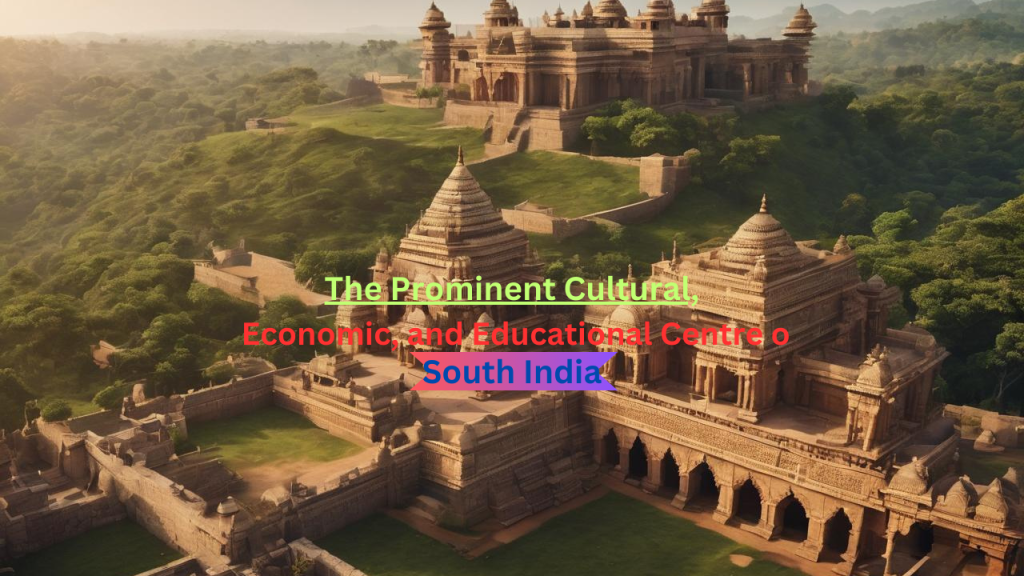LiBa Bathroom Shower Curtain - Waterproof Plastic Shower Curtain Premium PEVA Non-Toxic with Rust Proof Grommets Clear 8G Heavy Duty Bathroom Accessories 72x72
$9.98 (as of May 8, 2024 18:54 GMT +00:00 - More infoProduct prices and availability are accurate as of the date/time indicated and are subject to change. Any price and availability information displayed on [relevant Amazon Site(s), as applicable] at the time of purchase will apply to the purchase of this product.)South Indian Kingdoms in Early Medieval Period
The South Indian Kingdoms during the Early Medieval Period were a fascinating tapestry of history, culture, and power. This era, which spanned from the 6th to the 13th century, witnessed the rise and fall of numerous powerful kingdoms, each leaving an indelible mark on the region’s rich heritage. In this comprehensive article, we delve into the intricate details of these kingdoms, exploring their political dynamics, cultural achievements, and historical significance.
Cholas: Masters of the Coromandel Coast

The Chola dynasty, with its heartland in the fertile Coromandel Coast, emerged as one of the most influential South Indian kingdoms during this period. Under the leadership of charismatic rulers like Rajaraja Chola and Rajendra Chola, the Cholas extended their dominion across South India and even made forays into Southeast Asia. Their naval prowess was legendary, and they were known for their extensive trade networks and patronage of art and architecture.
Pallavas: Architects of Magnificence

The Pallavas, contemporaries of the Cholas, were known for their architectural brilliance. They left behind an enduring legacy of rock-cut temples and cave sanctuaries. Mamallapuram, now a UNESCO World Heritage Site, stands as a testament to their artistic achievements. The Pallavas played a crucial role in the development of South Indian art and culture.
Cheras: Rulers of the Western Ghats

The Cheras, based in the Western Ghats and the modern-day Kerala region, were prominent players in the political landscape of early medieval South India. They were known for their flourishing trade relations with the Roman Empire, which brought considerable wealth to their kingdom. The Cheras also contributed to the development of the Malayalam language and culture.
Hoysalas: The Artistic Maestros

The Hoysalas, hailing from the Deccan Plateau, were celebrated for their patronage of art and architecture. They left behind a remarkable legacy of intricately carved temples, the most famous being the Hoysaleswara Temple at Halebidu. Their distinctive style of architecture, characterized by ornate sculptures and detailed friezes, continues to captivate art enthusiasts to this day.
Rashtrakutas: Guardians of the Deccan

The Rashtrakutas, another prominent dynasty of the Early Medieval Period, ruled over a vast expanse of the Deccan plateau. They were instrumental in expanding South Indian influence northward. The Rashtrakutas were known for their military campaigns, trade, and contributions to literature, particularly in the Kannada language.
Conclusion

The South Indian Kingdoms in the Early Medieval Period were a dynamic and vibrant part of India’s history. They played pivotal roles in shaping the cultural, political, and economic landscape of the region. The Cholas, Pallavas, Cheras, Hoysalas, and Rashtrakutas, each in their unique way, contributed to the rich tapestry of South Indian heritage. Their legacies continue to inspire and enthrall, making the Early Medieval Period an intriguing chapter in Indian history.




